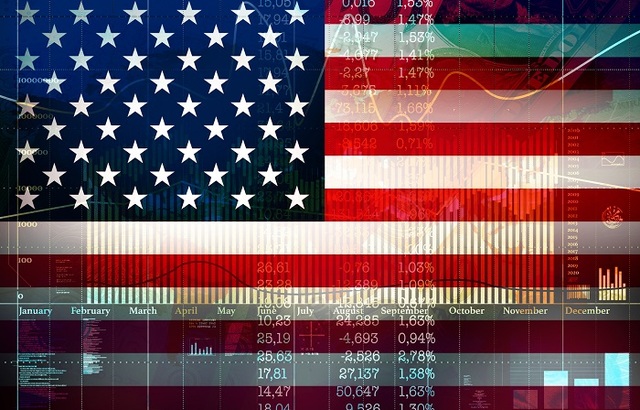As Americans celebrated Independence Day over the weekend, UK-based investors will be hoping US equities can continue to reap rewards and not crash and burn like a Roland Emmerich sequel of the same name.
Over the last decade, the S&P 500 has returned 336.1%, while year-to-date the index is up 25.3%. So, should investors be running for cover amid concerns about valuations and rampant inflation, or can the US still deliver meaningful returns?
Darius McDermott, managing director of FundCalibre, believes there are a number of reasons to remain optimistic for the prospects of companies across the pond.
The pros
For McDermott there are four reasons to invest in the US right now, the first of these being that it is home to largest source of investment ideas in the world.
“The US is home to thousands of companies – of different shapes and sizes,” he said. “It’s a broad market, ranging from old industry stocks to some of the most high-tech, growth-driven businesses.
“By value, it represents about half of all the quoted companies around the globe and some of these are the most dynamic, innovative companies in the world.”
A second factor to be positive on the US, McDermott added, is the fact the economy is leading the world out of the post-pandemic recession into a period of above average growth.
“While tech companies represent a big part of the US market, there are many other companies – especially small and mid-cap – that are geared to this period of booming US economic activity,” he said.
“This is a cyclical part of the market where valuations are lower and expectations more realistic.”
Another tick in the box for the US, said McDermott, is the announcement that president Joe Biden has secured bipartisan support for a $1trn (£725bn, €843bn) infrastructure spending bill. Should it be passed, the money will be used to upgrade US roads, bridges, rail networks, water pipes and broadband connectivity over the next five years.
The fourth and final reason to be positive on the US, added McDermott, comes down to income diversification. While the yield on the US market may be lower than in the UK, he noted it is still an attractive 2%.
“Another positive is that US dividends suffered fewer cuts in the pandemic – indeed, dividends increased overall in 2020,” he said. “And perhaps the single biggest benefit for those that are hunting for yield is the diversification the US market offers in terms of sector coverage.”
The cons
On the flip side to all the positivity, like any good disaster film, McDermott said there are also reasons to be cautious.
The first of these is the highly talked about problem of inflation, which in the US rose to 5% year-on-year in May, a level it has reached only once before in the last 30 years.
“Base effects continue to play their part in the data, as do the reopening and supply chain issues,” he said. “Some of these price gains will no doubt be transitory, but where demand is grossly outpacing supply inflation concerns are prevailing and inflation may turn out to be stickier than first thought.”
The second reason for investors to be cautious is the potential for interest rate rises. The latest minutes from the Federal Reserve meeting implied that rates could be raised twice in 2023 instead of 2024, as had been projected a year earlier.
“In addition, Fed Chair Jerome Powell told reporters that the committee started to discuss the FOMC’s options for ending the bond purchase program – and it’s thought the first reduction could be as early as September,” said McDermott.
The final factor to be wary of piling into the US now comes down to valuations. After such a strong run of performance, concerns abound that valuations now look stretched.
“There has been an unprecedented march forward by US equities in recent times and its index is now well-ahead of pre-pandemic levels,” he said. “That success has been driven by a handful of tech behemoths and there is now a growing consensus that these companies are starting to look too expensive to invest in for growth. This may impact investor confidence.”








